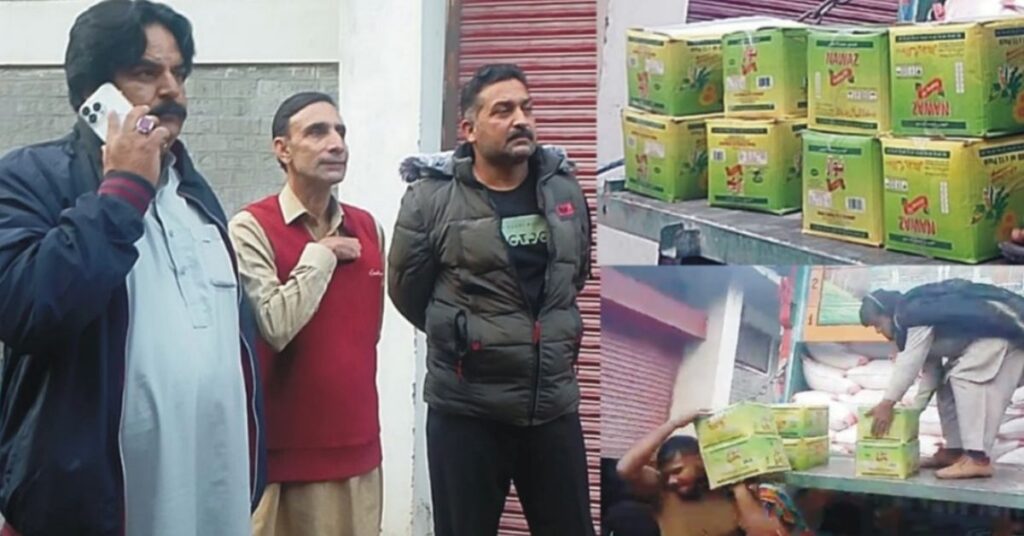ISLAMABAD (Kashmir English): Even weeks after a stunning four-day Pak-India dogfight in the first week of May, world military experts, think tanks and media outlets continue to laud the professionalism and strategic discipline of the Pakistan Air Force (PAF), while sharply criticizing India’s false claims of victory.
According to Kashmir Media Service, India entered the 2025 conflict with chest-thumping bravado, while quite confident in its arsenal of imported high-end weaponry and its globally publicized military buildup, ended in an embarrassing setback for New Delhi, both militarily and diplomatically.
Global defence analysts are in agreement that India suffered the loss of six fighter jets, including three advanced Rafales, during the brief confrontation.
The debacle sent shockwaves through the Indian economy, wiping out nearly USD 86 billion from its stock market.
Experts noted that the Indian Air Force’s incompetence and inability to sustain even short-term conflict exposed serious gaps in its operational readiness.
Conflict reflected PAF strategic discipline
The conflict showcased Pakistan’s rising technological edge and strategic discipline.
Within hours of combat operations, the Indian Air Force suffered the loss of six frontline aircraft including three of its newest French Rafales shot down by a significantly smaller, but far more integrated and agile, Pakistan Air Force (PAF).
Also destroyed were advanced Israeli VUAVs, adding to the humiliation. These losses, combined with operational disarray and internal panic, triggered a historic collapse of confidence in Indian markets, with over USD 86 billion wiped off its stock exchange in less than a week.
The most devastating strike, as analysts view, came not from the battlefield but from the skies above Adampur. Here, Pakistan’s indigenously developed JF-17 Thunder Block III aircraft, equipped with advanced Electronic Warfare (EW) capabilities, carried out a precision air-to-ground strike on India’s supposedly invulnerable S-400 missile defence system.
The Indian public had been told for years that the S-400 represented an impenetrable shield; instead, it was rendered impotent, exposing the hollowness of India’s defence integration and the stark difference between procurement and performance.
India’s Western-modeled military doctrine, built on high-profile acquisitions, collapsed under pressure. In contrast, Pakistan’s more modest but well-drilled and technologically adapted force structure delivered results, highlighting a growing regional power that could not only defend itself but counterpunch decisively.
Major international news outlets and defence experts stood unified in their assessment: Pakistan’s conduct was professional, disciplined and dominant.
CNN credited Pakistan’s “calibrated air superiority” and its ability to execute under pressure. BBC reported on the “stunning precision and electronic warfare dominance of PAF.” Al Jazeera called the PAF’s performance a “textbook case of modern military deterrence.”
The New York Times noted that “Pakistan’s JF-17s embarrassed India’s imported Rafales,” describing the event as a regional turning point. The Washington Post wrote that “India’s war gamble imploded; Pakistan set the tone of modern engagement.”
French media, including Le Monde and Le Figaro, raised pointed questions about the credibility of India’s Rafale program and its lack of impact.
Chinese outlets, such as Xinhua and Global Times, praised Pakistan’s ability to neutralize the S-400 system and cited the operation as a benchmark in asymmetric aerial warfare.
Turkish media, including Anadolu Agency, applauded Pakistan’s indigenous aerospace capability and its seamless coordination under pressure.
Prominent defence publications like Jane’s Defence Weekly, Military Watch Magazine and The Aviationist carried technical breakdowns of Pakistan’s EW superiority and India’s failure to integrate its multi-billion-dollar defense systems.
Meanwhile, world-renowned think tanks including IISS, CSIS, SIPRI and RUSI issued reports affirming that Pakistan not only met the challenge of Indian aggression it also outclassed and outperformed its adversary in every measurable aspect.




